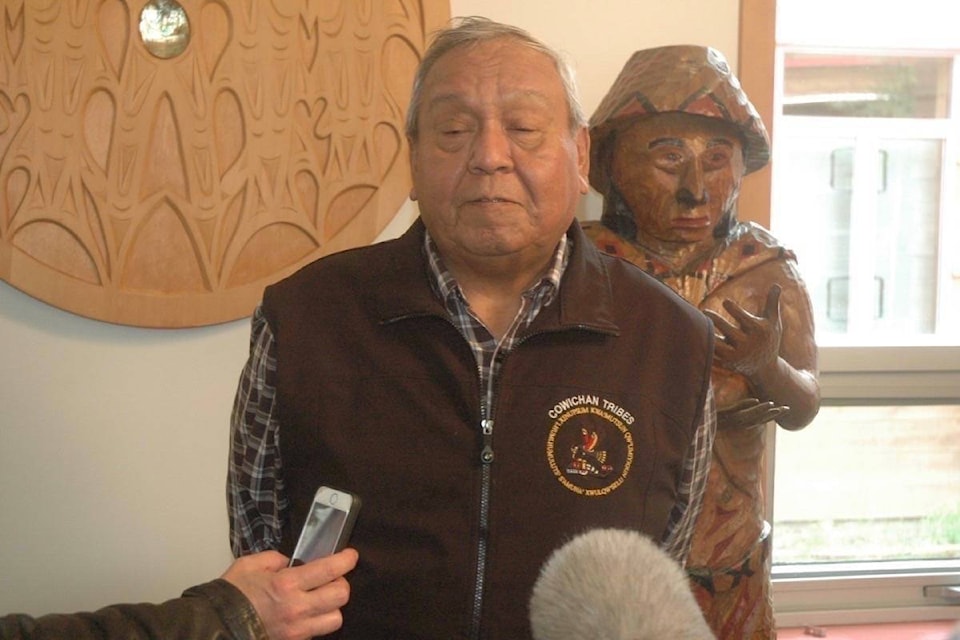The Supreme Court of B.C. is finally hearing the case of the Cowichan Nation Alliance first initiated in 2014 against Canada, B.C. and the City of Richmond to recover land they are claiming near the mouth of the Fraser River.
The case is based on the claim of the CNA, which includes the Cowichan Tribes, Stz’uminus First Nation, Penelakut Tribe and Hal’alt First Nation, to approximately 1,900 acres of traditional village and surrounding lands on the south shore of Lulu Island, which is now in the City of Richmond, as well as the right to fish the south arm of the Fraser River for food.
The CNA claims that the Cowichan people had a semi-permanent fishing village, called Tl’uqtinus, in that location around the time of contact with Europeans which their ancestors travelled to annually from the Gulf Islands in order to fish for food and harvest plants.
RELATED STORY: COWICHAN TRIBES VOTES TO ADOPT LAND CODE
The CNA’s enormous permanent village was first observed by Hudson’s Bay Company officials in 1824 as containing more than 108 longhouses and first charted in 1827 as a landmark on the Fraser River’s main channel.
The village continued to be charted through the 1850s and onward during the process of surveying the international boundary between what is now Canada and the United States.
RELATED STORY: AFTER 26 YEARS, HUL’QUMI’NUM TREATY NEGOTIATIONS MOVE TO STAGE 5
A press release from the CNA stated that when the first native reserves began in 1859, Colonel Richard Moody, the chief commissioner of lands for the Colony of British Columbia, failed to recognize the village and surrounding land as a Cowichan native reserve, “and instead surreptitiously took part of the lands for himself”.
Today, more than 780 acres of the disputed land is owned by the government of Canada, the Vancouver Fraser Port Authority and the City of Richmond.
The CNA is seeking to recover those publicly held lands, much of which remains undeveloped.
Cowichan Tribes Chief William Seymour said the CNA is not seeking to recover any of the approximately 200 privately held properties on the disputed lands in the court case.
RELATED STORY: COWICHAN TRIBES’ ELECTION OF CHIEF AND COUNCIL TO BE HELD DEC. 6
He said the CNA is seeking a negotiated reconciliation with B.C. for these properties.
“Our homeland was stolen from us,” Seymour said in the press release.
“We want the lands that are held by government returned to us. We aren’t looking to invalidate the ownership of any privately held land. This case is about truth and reconciliation between the Cowichan Nation, Canada and British Columbia. Those governments need to reconcile with us.”
The court case recently began in Victoria and is expected to take approximately 300 trial days.
robert.barron@cowichanvalleycitizen.com
Like us on Facebook and follow us on Twitter
